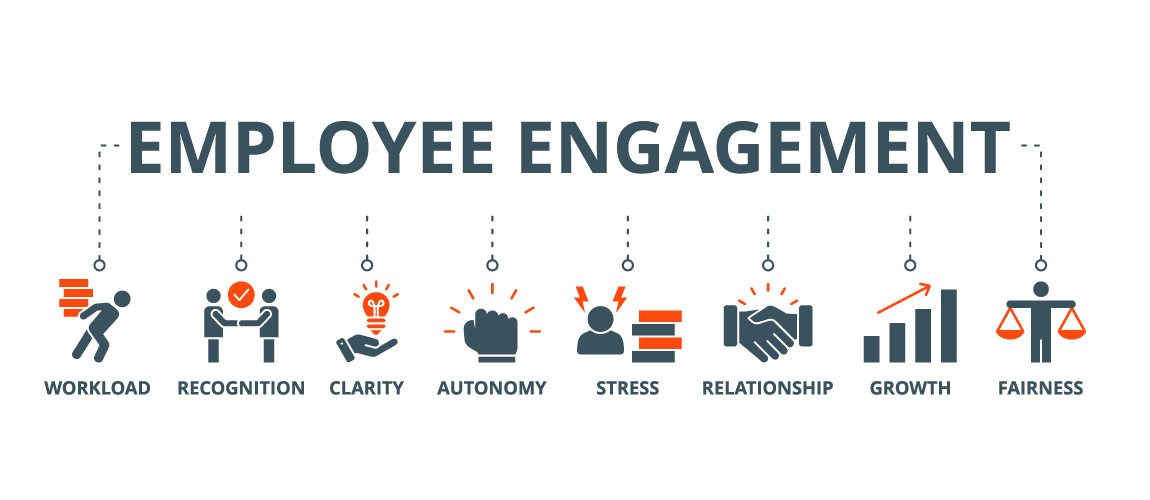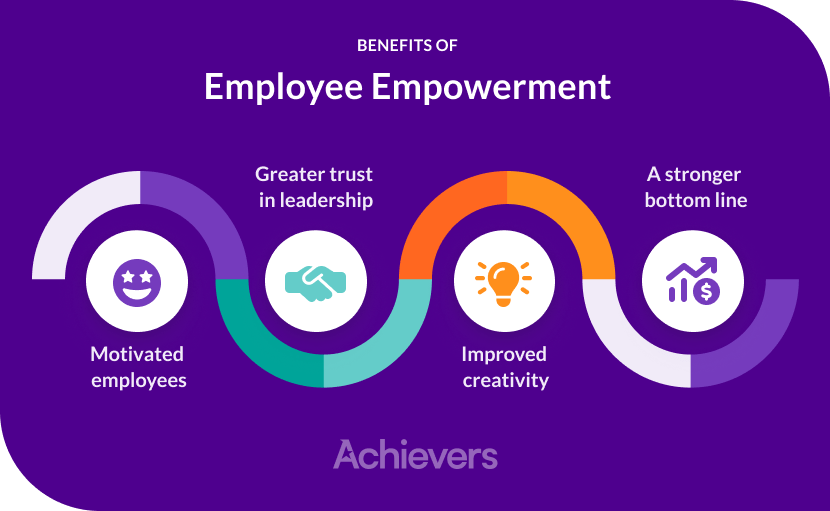Figure 01 - https://taylorsmithconsulting.com/key-steps-towards-employee-empowerment-and-engagement/
Two ideas that are closely related to one another and are essential to creating a supportive and effective work environment are employee empowerment and engagement. Here's a more thorough breakdown of each.
Employee EmpowermentFigure 02 - https://www.zoomshift.com/blog/employee-empowerment/
Delegating authority and decision-making ability to employees at different organizational levels is known as employee empowerment. It entails giving workers the freedom, tools, knowledge, and assistance they require to take responsibility for their jobs, make decisions, resolve issues, and advance company objectives. Employees who are empowered have a greater sense of accountability and ownership for their work, which can improve performance, motivation, and job satisfaction. Important components of employee empowerment consist of: Autonomy Allowing employees to have control over their work processes, methods, and decisions. - Empowering employees involves granting them autonomy and decision-making authority over their work.
- Studies have shown that autonomy in decision-making leads to higher job satisfaction and motivation (Deci et al., 2017).
- Employees who have control over their work processes tend to be more innovative and creative (Amabile & Kramer, 2011).
Access to InformationProviding employees with relevant information and resources needed to make informed decisions. - Providing employees with relevant information and resources enables them to make informed decisions.
- Research suggests that transparency and access to information contribute to higher levels of trust and engagement among employees (Mayer et al., 1995).
- Organizations that prioritize information sharing tend to have more empowered and engaged employees (Edmondson, 1999).
Training and DevelopmentOffering opportunities for skill development and training to enhance employee's capabilities. - Offering opportunities for skill development and training enhances employees' capabilities and confidence.
- Studies have found that investment in employee training leads to increased job satisfaction and performance (Noe, 2016).
- Providing development opportunities signals to employees that the organization values their growth and contribution (Tjosvold, 1991).
Recognition and SupportRecognizing and supporting employee's efforts, ideas, and contributions. - Recognizing and supporting employees' efforts and contributions fosters a sense of belonging and appreciation.
- Research indicates that regular recognition and praise lead to higher levels of employee engagement and loyalty (Gallup, 2020).
- Supportive managers who provide feedback and guidance create a positive work environment conducive to empowerment and engagement (Lencioni, 2002).
Feedback and CommunicationEncouraging open communication channels for feedback and dialogue between employees and management. - Open communication channels and feedback mechanisms enable dialogue and collaboration between employees and management.
- Studies have shown that regular feedback and communication improve employee performance and job satisfaction (Gibson & Vermeulen, 2003).
- Organizations that encourage feedback and dialogue create a culture of trust, transparency, and continuous improvement (Schein, 2010).
Employee Engagement Figure 02 - https://www.gratifi.com/blog/introduction-to-our-new-blog-series-types-of-employee-engagement-theories/
The emotional attachment and dedication that workers have to their jobs, coworkers, and company is referred to as employee engagement. Employees who are engaged are passionate about what they do, committed to the organization's values and objectives, and eager to go above and beyond to make a positive impact. Employee engagement is positively correlated with motivation, productivity, and loyalty, which in turn improves organizational performance and results in increased job satisfaction and reduced turnover rates. Important elements affecting worker engagement are as follows:
Meaningful WorkProviding employees with challenging and meaningful tasks that align with their skills and interests. - Meaningful work refers to tasks and responsibilities that align with an individual's values, interests, and sense of purpose.
- Research suggests that employees who find their work meaningful are more engaged, committed, and satisfied (Steger et al., 2012).
- Organizations can enhance the meaningfulness of work by connecting employees' roles to the broader mission and impact of the organization (Wrzesniewski et al., 1997).
Positive Work EnvironmentCreating a supportive and inclusive work culture that values diversity, collaboration, and mutual respect. - A positive work environment encompasses factors such as trust, respect, collaboration, and psychological safety.
- Studies have shown that a positive work environment leads to higher levels of employee well-being, productivity, and retention (Grant, 2013).
- Organizations can create a positive work environment by promoting open communication, valuing diversity, and fostering a culture of appreciation and support (Spreitzer et al., 2012).
Opportunities for GrowthOffering opportunities for career development, advancement, and continuous learning. - Providing opportunities for growth and development enables employees to acquire new skills, advance their careers, and reach their full potential.
- Research indicates that employees value learning and development opportunities as much as or more than financial rewards (Robbins & Judge, 2018).
- Organizations can offer opportunities for growth through training programs, mentoring, job rotations, and stretch assignments (Noe, 2016).
Recognition and RewardsRecognizing and rewarding employees for their achievements, contributions, and efforts. - Recognition and rewards involve acknowledging employees' contributions, achievements, and efforts.
- Numerous studies have demonstrated the positive impact of recognition and rewards on employee motivation, engagement, and performance (Gallup, 2020).
- Effective recognition programs are timely, specific, and aligned with organizational values, encouraging desired behaviors and outcomes (Amabile & Kramer, 2011).
Effective LeadershipHaving strong and supportive leadership that inspires trust, communicates openly, and leads by example. - Effective leadership is essential for creating a supportive work environment, inspiring employees, and driving organizational success.
- Leadership behaviors such as trustworthiness, integrity, communication, and empathy contribute to employee engagement and satisfaction (Goleman, 2000).
- Organizations can develop effective leaders through training, coaching, and mentorship programs that focus on enhancing leadership competencies (Yukl, 2013).
ConclusionEngaged and empowered employees are vital elements of a healthy company culture. Organizations may foster a culture where workers feel appreciated, inspired, and dedicated to their work by providing employees with autonomy, information access, training, acknowledgment, and open lines of communication. Higher levels of productivity, job satisfaction, and organizational success can also result from increasing employee engagement through meaningful work, a positive work environment, opportunities for growth, recognition, and effective leadership. Organizations may develop a workforce that is imaginative, committed, and engaged by giving these elements top priority.
ReferencesAmabile, T., & Kramer, S. (2011). The Progress Principle: Using Small Wins to Ignite Joy, Engagement, and Creativity at Work. Harvard Business Review Press.
Deci, E. L., Olafsen, A. H., & Ryan, R. M. (2017). Self-determination theory in work organizations: The state of science. Annual Review of Organizational Psychology and Organizational Behavior, 4, 19-43.
Edmondson, A. (1999). Psychological Safety and Learning Behavior in Work Teams. Administrative Science Quarterly, 44(2), 350-383.
Gallupe, O. (2020). Gallup State of the Global Workplace.
Gibson, C. B., & Vermeulen, F. (2003). A Healthy Divide: Subgroups as a Stimulus for Team Learning Behavior. Administrative Science Quarterly, 48(2), 202-239.
Goleman, D. (2000). Leadership That Gets Results. Harvard Business Review, March-April 2000.
Grant, A. M. (2013). Give and Take: A Revolutionary Approach to Success. Penguin Books.
Lencioni, P. (2002). The Five Dysfunctions of a Team: A Leadership Fable. Jossey-Bass.
Mayer, R. C., Davis, J. H., & Schoorman, F. D. (1995). An Integrative Model of Organizational Trust. Academy of Management Review, 20(3), 709-734.
Noe, R. A. (2016). Employee Training and Development. McGraw-Hill Education.
Robbins, S. P., & Judge, T. A. (2018). Organizational Behavior. Pearson.
Schein, E. H. (2010). Organizational Culture and Leadership. Jossey-Bass.
Spreitzer, G. M., Porath, C. L., & Gibson, C. B. (2012). Toward Human Sustainability: How to Enable More Thriving at Work. Organizational Dynamics, 41(2), 155-162.
Steger, M. F., Dik, B. J., & Duffy, R. D. (2012). Measuring Meaningful Work: The Meaningful Work Scale. Journal of Career Assessment, 20(3), 322-337.
Tjosvold, D. (1991). The Conflict-Positive Organization: Stimulate Diversity and Create Unity. Addison-Wesley.
Wrzesniewski, A., McCauley, C., Rozin, P., & Schwartz, B. (1997). Jobs, Careers, and Callings: People’s Relations to Their Work. Journal of Research in Personality, 31(1), 21-33.
Yukl, G. (2013). Leadership in Organizations. Pearson. |



This blog provides a comprehensive exploration of employee empowerment and engagement, highlighting their significance and key components. This holistic approach acknowledges the importance of both individual empowerment and collective engagement in driving organizational success, making it a valuable resource for businesses aiming to create thriving workplace cultures.
ReplyDeleteThis article impression that empowered and engaged of employees are vital factors to success the any of organization. It is good work.
ReplyDeletethank you for the review. next post will be Management strategies
Delete